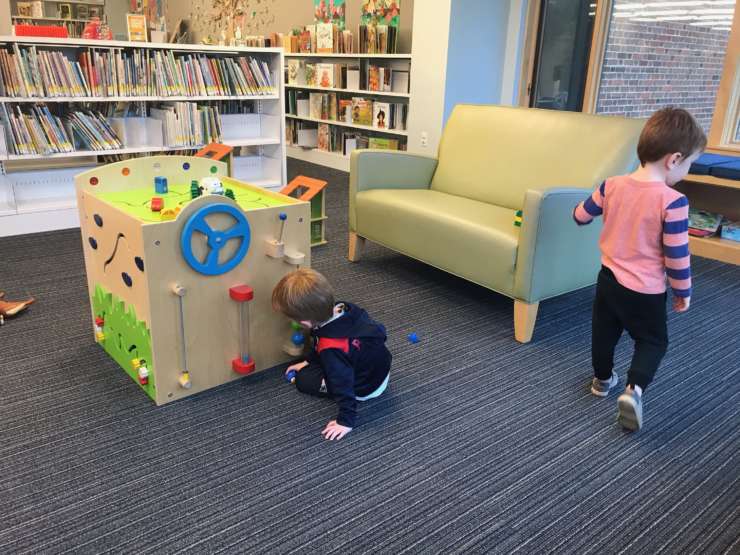Autism spectrum disorder (ASD) can present a unique set of challenges, particularly when it comes to nonverbal children. Early intervention is regarded as a crucial element in boosting the child’s development and improving their communication skills. We will provide parents with a comprehensive understanding of early autism intervention strategies for nonverbal children to empower caregivers and foster a conducive environment for the child’s growth.
Sign Language
Sign language emerges as a potent early intervention strategy for nonverbal children on the autism spectrum. By leveraging visual-spatial mediums for communication, these children can express their needs, thoughts, and feelings in a manner that transcends the verbal language barrier. Utilizing sign language can help reduce the frustration associated with expressing basic needs, thus promoting a more positive behavior. It also stimulates the development of communication skills, encouraging gestural communication—a vital stepping-stone to verbal communication. Sign language acts as an accessible tool for parents and caregivers, enabling them to connect with their child and foster an environment conducive to growth and development.
Visual Supports
In addition to sign language, visual supports can be remarkably effective as an early intervention strategy for nonverbal children with autism. Visual aids such as flashcards and pictures can bolster communication and understanding by representing tasks, routines, or concepts through recognizable imagery. For children with ASD who might struggle with interpreting verbal instructions, these visual cues can aid comprehension and guide their actions effectively. Furthermore, visual supports can be customized to align with each child’s specific needs and familiarity, promoting autonomy and self-managing behaviors. This approach can improve social interaction, reduce anxiety, and enhance communication skills. In essence, visual supports act as a bridge, facilitating a child’s understanding of their surroundings and improving their ability to communicate their needs and feelings.
ABA Therapy
Applied Behavior Analysis (ABA) therapy is another key early intervention strategy specifically designed to support nonverbal children with autism. ABA therapy, rooted in the principles of learning and behavior, utilizes positive reinforcement to encourage desired behaviors, such as social interaction or communication attempts. For nonverbal children with ASD, ABA therapy can be instrumental in teaching new skills, improving behaviors, and fostering independence. This method involves breaking down complex tasks into smaller, more manageable steps, making it easier for the child to understand and replicate. By consistently rewarding the child’s efforts and progress, the therapy nurtures an environment of learning and growth. ABA therapy, therefore, offers a comprehensive and personalized approach to improving communication skills and promoting a child’s overall development.
As you work to help your child communicate, don’t hesitate to implement these early intervention methods for nonverbal children. Contact South Shore Autism Center today for early autism services. Remember, every child is unique and may respond differently to these strategies. Therefore, it’s crucial to remain patient and flexible, continuously adapting your approach based on your child’s needs and progress. By doing so, you’re empowering your child with the tools to express themselves and creating a supportive space where they can thrive and develop.




Comments (0)